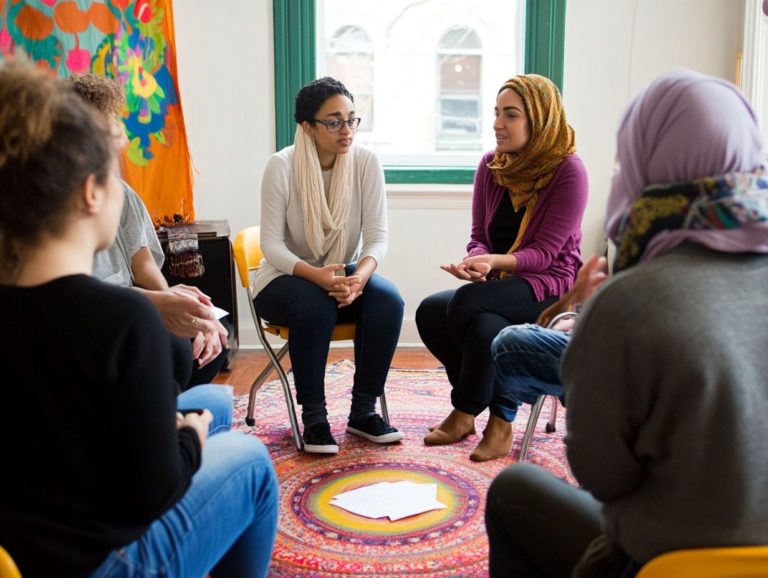How to Balance Your Culture with Local Practices
In our increasingly interconnected world, finding a harmonious balance between your personal culture and local practices has never been more essential.
This exploration delves into the nuances of cultural identity, examining how conflicting values and beliefs can shape your community. It discusses effective strategies for achieving cultural balance, placing a strong emphasis on communication, respect, and understanding.
Through compelling case studies, successful examples of cultural integration are highlighted, offering valuable insights for navigating this delicate landscape.
Join this exciting journey to create a richer, more inclusive community that celebrates diversity and connection.
Contents
- Key Takeaways:
- Understanding Cultural Balance
- Challenges of Balancing Culture and Local Practices
- Strategies for Achieving Cultural Balance
- Examples of Successful Cultural Balance
- Frequently Asked Questions
- What does it mean to balance your culture with local practices?
- Why is it important to balance your culture with local practices?
- What are some common challenges when trying to balance your culture with local practices?
- How can you learn about the local culture and practices?
- What are some ways to incorporate your own culture while respecting local practices?
- How can balancing your culture with local practices benefit you personally?
Key Takeaways:
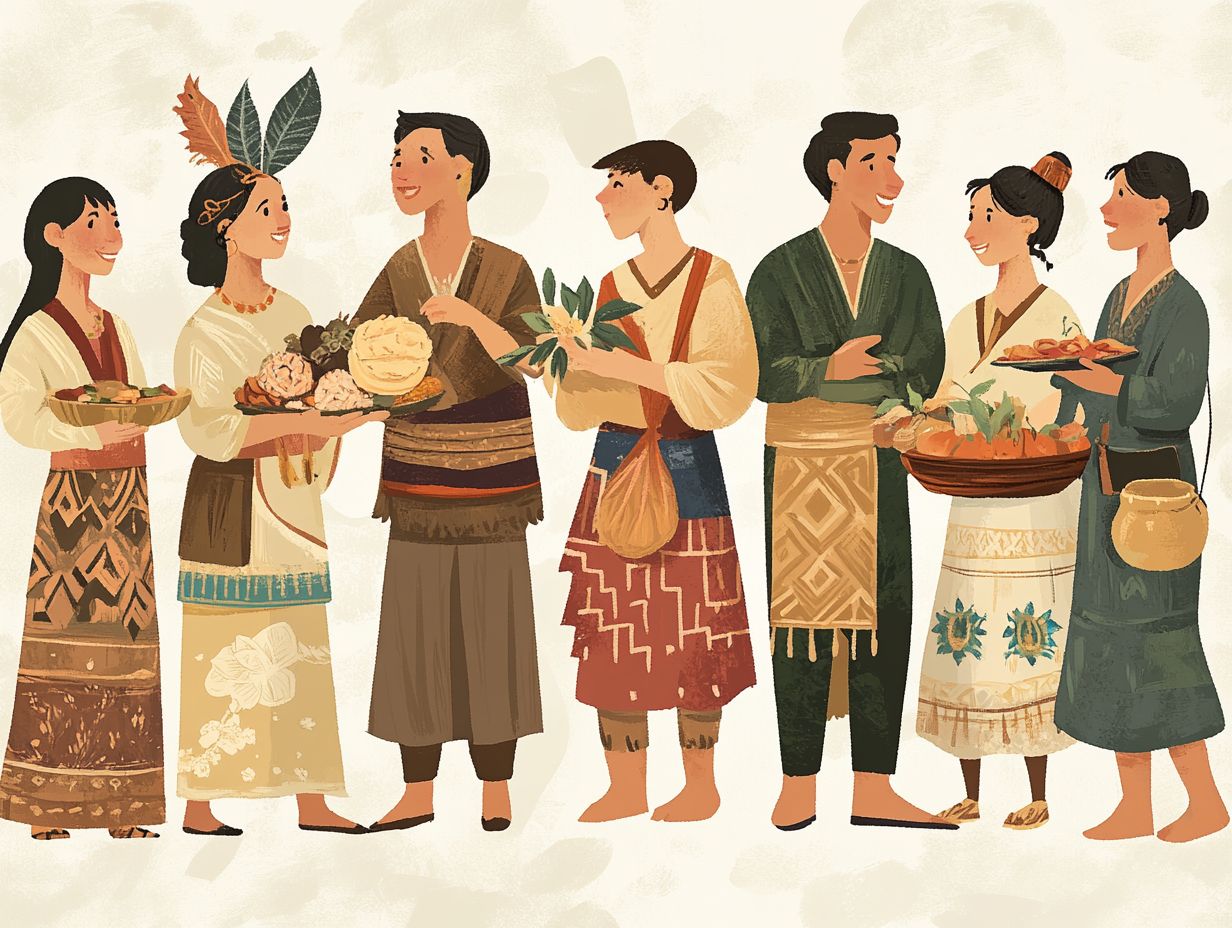
- Respect and understanding are key to achieving cultural balance.
- Effective communication and compromise can help bridge the gap between different cultural values and local practices.
- Successful cultural balance requires a deep understanding of both your own culture and the local practices of the community you are in.
Understanding Cultural Balance
Understanding cultural balance, or the ability to harmonize different cultural influences, is essential for you as a Vietnamese American, particularly if you are a first-generation immigrant navigating the complex interplay between your Vietnamese roots and the local American culture in vibrant cities like Houston, Texas.
This balance reveals itself through various perspectives, such as family traditions and expressions of cultural identity.
You strive to maintain a connection to your heritage while seamlessly integrating into a new society. This journey invites you to explore the common threads that link these two worlds. It offers a space for reflecting on feelings and the challenges of building a personal identity, ultimately enriching your cultural identity expression.
Defining Culture and Local Practices
Culture is a dynamic tapestry woven from historical context, local practices, and the narratives of individuals, especially within the Vietnamese American community in Houston, Texas. Here, traditional dishes like ph and b nh cu n serve as vital food connections that reflect rich cultural heritage.
In this vibrant city, gathering around a bowl of ph isn t just about filling your stomach; it s about fostering a sense of belonging and continuity that strengthens familial bonds.
Family gatherings during T t, the Lunar New Year, unite generations to honor ancestors and participate in rituals like making b nh ch ng, a rice cake steeped in symbolism.
Local festivals, often filled with traditional music and dance, allow you to embrace your roots. They enrich the community s cultural landscape.
Practices such as giving red envelopes filled with money during celebrations beautifully blend tradition and modernity, creating a profound sense of unity and shared identity among the Vietnamese community in Houston.
Challenges of Balancing Culture and Local Practices
The challenges you face in balancing cultural identity with local practices as a Vietnamese American often emerge through conflicting values and beliefs. This is especially apparent within the realm of family customs and the immigrant experience, where the exploration of emotions becomes crucial in shaping your identity struggle.
Conflicting Values and Beliefs
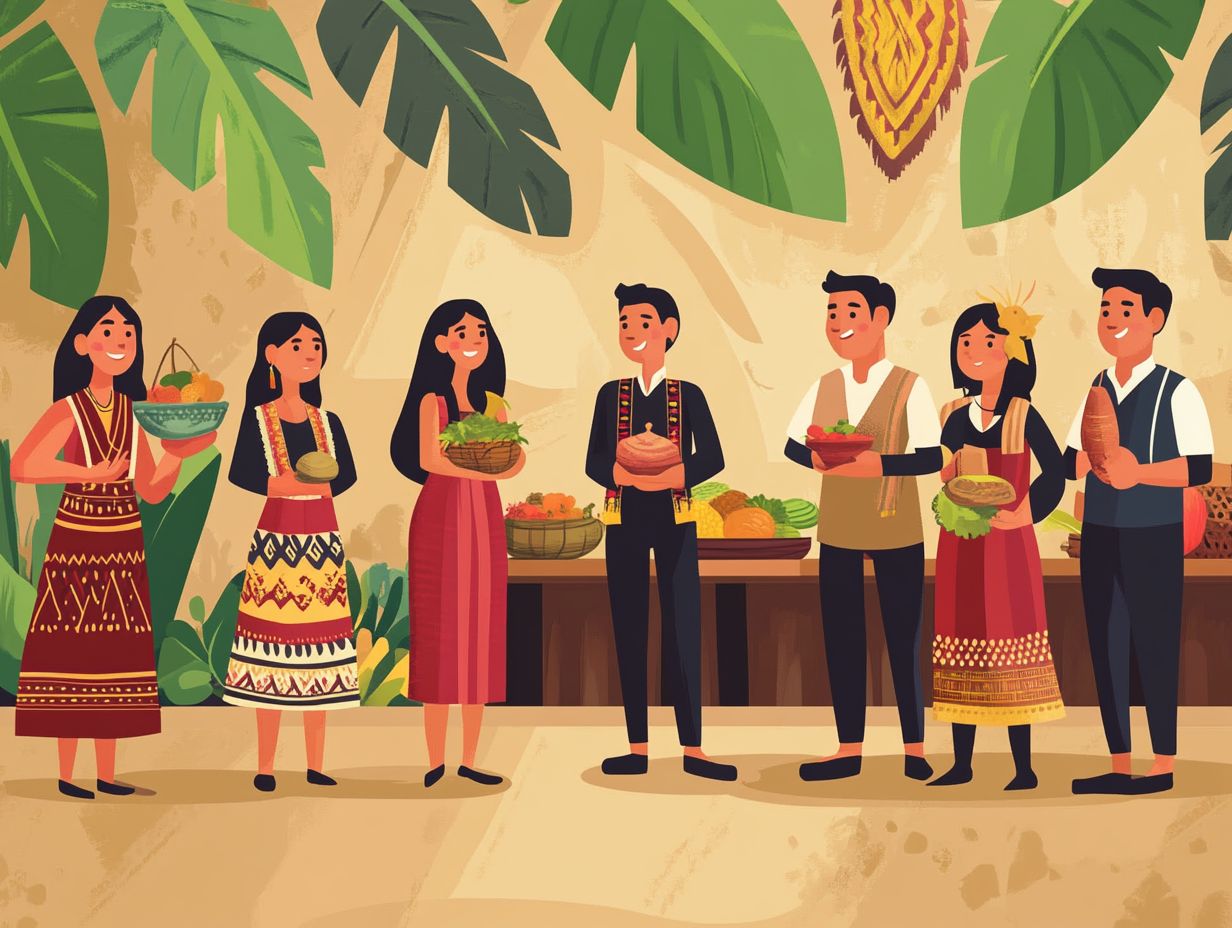
Conflicting values and beliefs often surface within the first-generation Vietnamese American community. Individuals navigate the intricate balance between honoring their rich cultural heritage and embracing modern American lifestyles. This is especially evident during significant family traditions like the Lunar New Year (T t).
During T t, family members come together to celebrate with cherished customs. These include preparing special dishes and distributing lucky money in red envelopes. The younger generations often find themselves caught in a tug-of-war between these time-honored practices and the enticing pull of American norms that champion individualism and personal freedom.
For instance, older relatives stress the importance of family loyalty and respect for elder authority. In contrast, younger members often prioritize their own desires for autonomy. This generational divide often causes disputes. Family members may disagree on participating in rituals and the importance of cultural expressions. This tension vividly illustrates the broader struggle to harmonize two powerful identities within the community.
Impact on Identity and Community
The impact of conflicting values on cultural identity profoundly affects you as part of the Vietnamese American community. It weaves a rich tapestry of shared experiences and emotional processing that fosters cultural pride and community engagement.
As you navigate the often contrasting expectations from your heritage and the dominant culture, you find yourself in a continuous balancing act. This interaction can create internal conflicts. It shapes not only your personal identity but also influences the dynamics of your familial and communal relationships.
Through shared rituals, storytelling, and community events, you and your peers seek solace and understanding, reinforcing your bonds. This engagement helps you process your emotions and cultivates a collective narrative, affirming your distinct identity in a complex social landscape.
Such efforts serve as a powerful response to the challenges posed by societal pressures. They ensure that your cultural traditions remain vibrant and respected.
Strategies for Achieving Cultural Balance
Striving for cultural balance is an exciting journey for Vietnamese Americans. It requires intentional strategies that embrace effective communication and compromise. This approach enables families to honor their Vietnamese customs while also nurturing connections within their new American environment.
It’s especially vital during family gatherings and cultural heritage celebrations, where these connections can truly flourish.
Communication and Compromise
Effective communication and compromise serve as essential pillars for Vietnamese American families. These families strive to preserve their cultural identity while embracing American customs. By fostering healthy boundaries that honor family traditions and promote mutual understanding, they can navigate the complexities of dual identities with grace.
Navigating this intricate landscape requires open dialogues. Every family member should feel safe to express their needs and perspectives. Engaging in discussions that honor both Vietnamese customs and American practices allows families to achieve compromises that seamlessly blend traditions. This ensures that values from both cultures are celebrated during significant family gatherings and woven into everyday interactions.
Establishing clear and healthy boundaries paves the way for respectful coexistence. It minimizes misunderstandings that may arise from differing expectations. This delicate balancing act fortifies family bonds and enriches the cultural tapestry in which these families flourish. Each member feels valued and understood.
Respect and Understanding
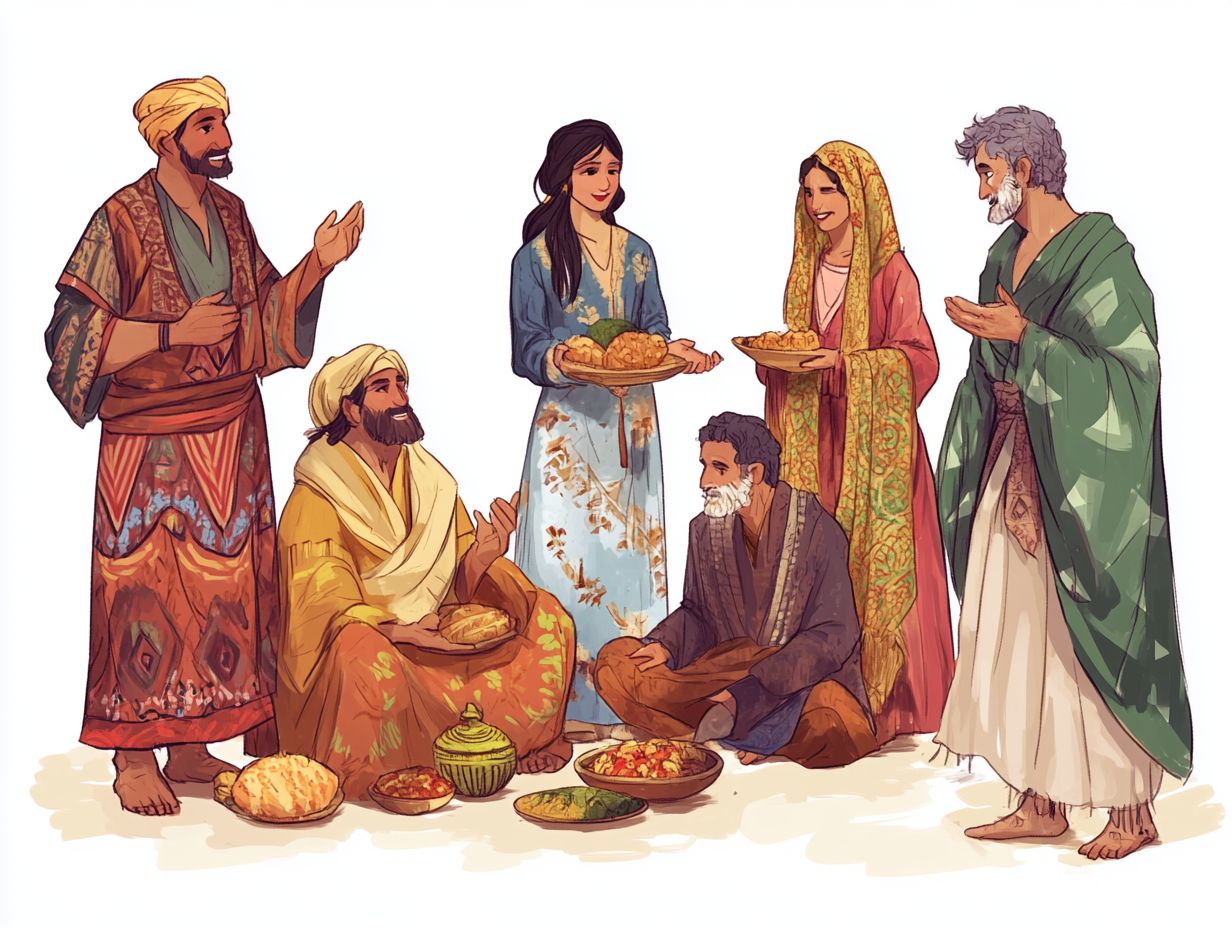
Respect and understanding serve as the bedrock of your journey toward cultural balance, enabling you and your Vietnamese American family to explore the richness of your cultural diversity.
This exploration deepens family connections and emotional understanding.
These qualities encourage open dialogue, inviting family members to share their unique experiences and perspectives. This is essential in a community vibrant with diverse traditions and values.
When you feel acknowledged and valued, you become more inclined to engage in meaningful conversations about your heritage, helping mix different influences smoothly.
By embracing this understanding of feelings, your family not only celebrates its backgrounds but also cultivates resilience in the face of differences. This ultimately fortifies the bonds that unite you.
This journey of mutual respect creates an environment where both cultural identities can flourish in unity.
Examples of Successful Cultural Balance
Successful examples of cultural balance within the Vietnamese American community illustrate how individuals and families adeptly navigate their cultural identity while immersing themselves in local practices.
You ll often find unique case studies spotlighting food traditions and community engagement. These showcase the rich tapestry of experiences that define this vibrant community.
Case Studies and Lessons Learned
Analyzing case studies of Vietnamese American families offers you valuable lessons in achieving cultural balance.
These lessons are especially evident through family gatherings and the celebration of Vietnamese customs that enrich their cultural identity.
By diving into these families’ unique traditions and rituals, you ll discover how they craft a harmonious blend of Vietnamese cultural heritage and American values.
For example, many families host elaborate Tet celebrations that not only strengthen the bonds among older generations but also spark pride and curiosity in the younger members.
These gatherings serve as poignant reminders of the importance of family ties and the values passed down through generations.
The insights gained from these experiences highlight the significance of open communication within families and the active participation of children in rituals, reinforcing their connections to both cultures.
Frequently Asked Questions
What does it mean to balance your culture with local practices?
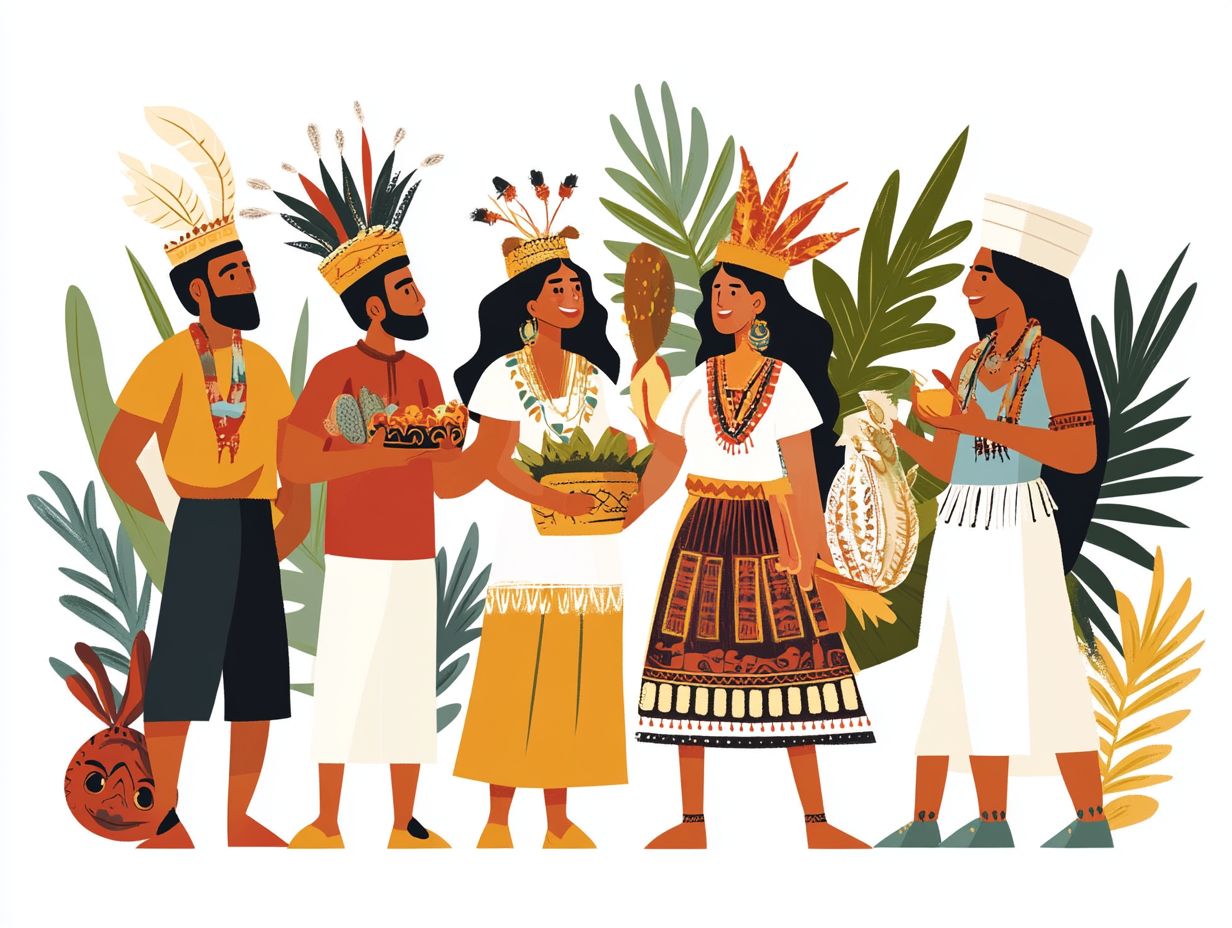
Balancing your culture with local practices refers to the process of incorporating your own cultural beliefs and values while also respecting and adapting to the customs and traditions of the local community where you live or work.
Why is it important to balance your culture with local practices?
It is important to balance your culture with local practices to avoid misunderstandings and conflicts, and you can learn how to celebrate your own culture while abroad, fostering positive relationships with the local community.
What are some common challenges when trying to balance your culture with local practices?
Some common challenges include language barriers, differences in social norms and expectations, and conflicting beliefs and values.
How can you learn about the local culture and practices?
You can learn about the local culture and practices by actively engaging with the community, attending cultural events and ceremonies, and talking to local people about their traditions and customs.
What are some ways to incorporate your own culture while respecting local practices?
Some ways include finding common ground and similarities between the two cultures, being open-minded and willing to compromise, and being respectful and non-judgmental towards different beliefs and practices.
How can balancing your culture with local practices benefit you personally?
Balancing your culture with local practices opens doors to exciting new experiences and insights! It leads to a deeper understanding and appreciation of different cultures, improved communication and relationships, and a sense of belonging and connection to the local community.
Start your journey today by exploring local events near you!




